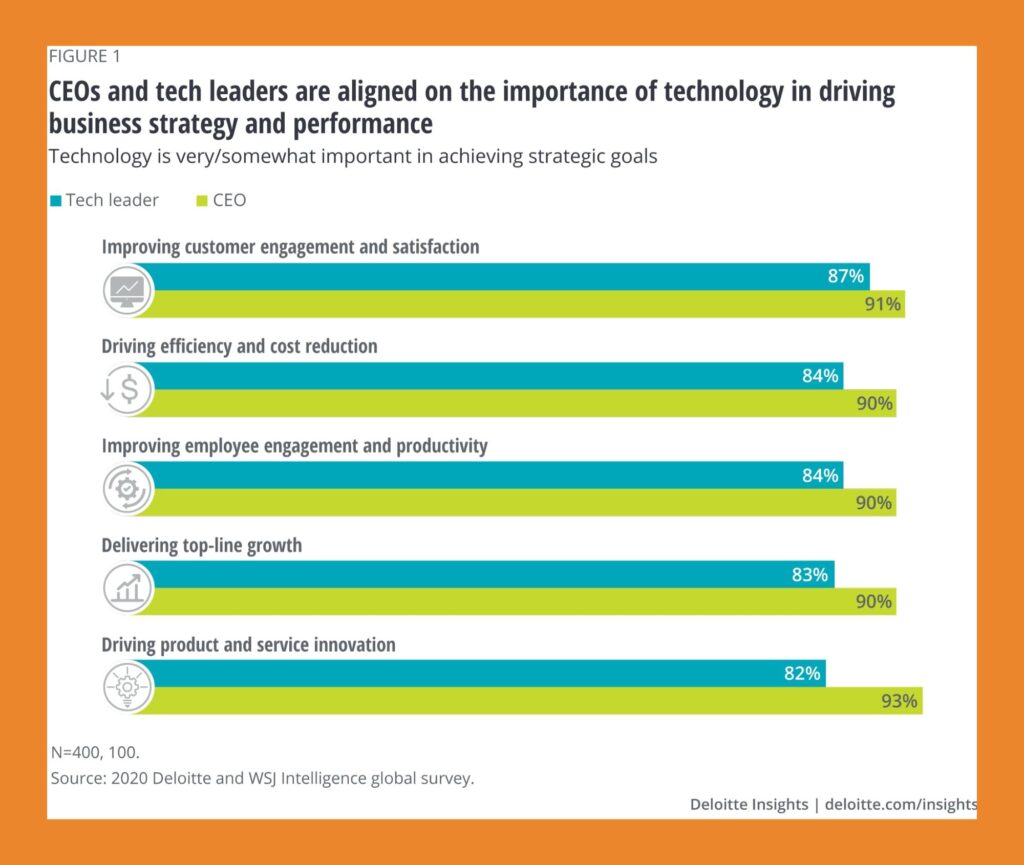In the opening segment, I laid out the blueprint for Digital Employee Experience (DX), which is the intersection of tech, culture, and the in-person place of work. I progressed to address DEX ownership, and specifically, the owner, collaborator, and influencer roles. The last inquiry I look at here is how organizations can invest in DEX judiciously.
Providing a seamless employee experience is crucial for organizations aiming to maximize productivity and engagement. And so is strategic budgeting, which is needed for companies to allocate resources effectively. In my conversations with CIOs, department leaders siloed budgeting decisions for the digital workplace before embracing a DEX mindset. It’s just not an investment in employee satisfaction but also a catalyst for achieving better business outcomes. Empowered with the right digital tools and resources, employees collaborate more effectively, make data-driven decisions, and quickly adapt to changing market dynamics. This agility and efficiency results in improved customer experiences, increased operational effectiveness, and, ultimately, a positive impact on the organization’s bottom line.
Gartner’s 2023 CIO Agenda spotlights CEOs increasing digital workplace investments in 2023. Yet, 40% of CEOs stated in Deloitte’s new CIO study they’re looking to their CIO to be the key driver of the business strategy. With their expertise in technology and internal information systems, CIOs position themselves to inform and own the strategic budget for DEX. This shift in moving CIOs from a reactive response team to a strategic business partner is key. By focusing on the digital employee experience, CIOs can create a digital workplace that fuels business performance in balance with employee wellbeing.
Importance of Strategic Budgeting for Digital Employee Experience.
Strategic budgeting enables organizations to centralize and allocate resources efficiently to drive business initiatives forward while improving the digital employee experience. By creating a centralized owner for the DEX budget and prioritizing investments, companies can create an ecosystem that evolves employee productivity and engagement. This equips companies to invest in employee skill development equitably. By allocating funds for training and upskilling initiatives, organizations enhance employees’ digital competencies and help future-proof their productivity, job satisfaction, and engagement. Having a strategic DEX budget equips the CIO to maintain governance and alignment on the digital infrastructure of the company. It provides a regular cadence for reviewing the performance of the digital workplace in meeting key business outcomes in partnership with key stakeholders.
Steps to Create a DEX Strategic Budget
Define Scope & Objectives of Digital Workplace Audit.
The audit assesses factors such as employee engagement, satisfaction, productivity, and collaboration within digital tools and platforms. This audit is a valuable tool for the CIO to visualize the organization’s current state. Identify areas to streamline business across departments to increase operations and productivity outputs, and ultimately drive meaningful enhancements. The audit will inform defining clear goals across departments. It will help determine the prioritization of investments based on the most critical needs and enhance learning and development opportunities.
Raj Madugula, DEX Expert
To derive at a comprehensive state of DEX, there are two critical factors in conducting the audit. First, define the specific roles or customer personas the business serves. Followed by, it’s not just about gathering all the data, but the need to accurately derive actionable insights.
Gather Relevant Data To Derive Actionable Insights.
Utilize surveys, interviews, and feedback mechanisms to gain input and experiences and pain points. Examples include:
- Look at the usability, functionality, and performance of digital systems, gaps or inefficiencies in existing processes.
- Analyze employee feedback, support tickets, and other relevant metrics like the effectiveness of training resources to identify trends and patterns.
- Benchmark the organization’s digital employee experience against industry standards and best practices.
- Understand the factors and decision-makers influencing DEX budgeting.
- Identify the gaps where the digital workplace is separate from business strategy and outcomes.
Other factors to consider include size and complexity of the organization, the number of current employees vs. headcount planning. In addition to any plans to pivot technology or product roadmap, technology infrastructure requirements, integration with existing systems, and allocating resources effectively for maximum impact
Create Clear Goals To Track Budget Performance.
Clearly define the goals and objectives you want to achieve in enhancing the digital employee experience. Clarity will help you align your budgeting decisions with the desired outcomes and provide optimal resource allocation. Start by setting specific and measurable goals that will guide your efforts. These goals should be in line with your organization’s objectives and tied to the overall business strategy. In addition to defining goals, it is important to establish key performance indicators (KPIs) and metrics specifically for DEX. These metrics will help you track and measure the progress and success of your initiatives. Prioritization based on business impact and feasibility makes sure that your resources are allocated to the most impactful projects. To track and evaluate the performance of your DEX initiatives, consider implementing analytics tools, dashboards, and employee feedback channels. A digital employee assistant, like an AI chatbot, can collect relevant information from employees on their personal digital experience. These tools will enable you to track and analyze relevant data regularly, providing insights into the effectiveness of your efforts. With access to this data, you can make data-driven adjustments and improvements to your DEX strategy regularly.
Collaborate with Stakeholders.
Identify the relevant Digital Employee Experience stakeholders, such as HR, IT, and department heads. By including the relevant stakeholders, the CIO can benefit from their valuable insights and perspectives. This collaboration provides a comprehensive understanding of the organization’s requirements, enabling informed budgeting decisions. Additionally, these stakeholders are accountable and responsible for the performance measures of their respective departments. When performance starts to decline, stakeholders now have the ability and partnership to discuss solutions with the CIO and jointly investigate remedies. Partnering with key stakeholders in strategic budgeting for DEX empowers the CIO to make informed decisions. By including stakeholders, the organization benefits from their expertise and creates accountability for departmental performance. This collaborative effort promotes effective governance and enhances the digital employee experience.
Develop a DEX Roadmap.
Begin by prioritizing DEX initiatives, considering their impact and feasibility alongside the budget. A roadmap will help determine the most crucial projects to focus on. To create a structured approach, divide implementing DEX initiatives into phases, which allows for better management and organization of resources. Set specific milestones and timelines for each phase of the DEX roadmap. Enable tracking of progress so initiatives stay on schedule. By identifying stakeholders who will take charge of each initiative, you provide clear roles and responsibilities for successfully implementing the DEX roadmap. Determine the necessary allocation of resources for each initiative. Assess and allocate the budget required to support the DEX initiatives effectively. During the budget process, consider both the long-term costs and benefits as it provides a comprehensive view of the investment and its potential returns.
Seek Cost Optimization.
Look for technology solutions that balance affordability and functionality. Use the resources and infrastructure already available within the company whenever possible. Find ways to foster collaboration and innovation across different departments and teams. By leveraging the collective expertise and creativity of employees, cost-effective solutions and ideas can be generated. Consult with industry experts or advisors who specialize in DEX strategy. Their insights and experience can provide valuable guidance on optimizing costs while achieving desired outcomes. Before committing to vendors or service providers, thoroughly evaluate their offerings and conduct due diligence. Regularly review and assess the budget allocations for DEX initiatives to make adjustments based on evolving needs, changing priorities, and cost-saving opportunities.
As organizations recognize the importance of providing a seamless digital employee experience, strategic budgeting emerges as a crucial component. By investing in the right areas and prioritizing employee needs, organizations can create a productive and engaging work environment. With effective resource allocation, integration of technology, and an emphasis on skill development, the digital employee experience can be optimized to foster productivity and drive organizational success.
Previous DEX Chapters
Chapter One: The Blueprint for Digital Employee Experience
Chapter Two: Decoding the Ownership Dynamics

